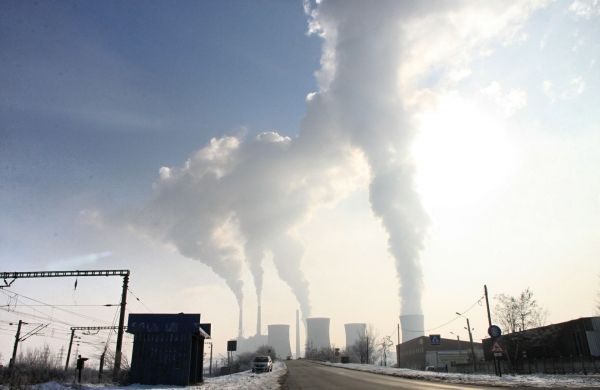Carbon dioxide emissions from human activities must approach zero within several decades to avoid risking grave damage from the effects of climate change. This will require creativity and innovation, because some types of industrial sources of atmospheric carbon lack affordable emissions-free substitutes, according to a new paper in Science from team of experts led by University of California Irvine’s Steven Davis and Carnegie’s Ken Caldeira.
In addition to heating, cooling, lighting, and powering individual vehicles—subjects that are often the focus of the emissions discussion—there are other major contributors to atmospheric carbon that are much more challenging to address. These tough nuts to crack include air travel; long-distance freight by truck, train, or ship; and the manufacture of steel and cement.
“We wanted to look closely at the barriers and opportunities related to the most difficult-to-decarbonize services,” said lead author Davis.
The barriers they analyzed included:
- The expected increase in demand for air travel and freight shipping, sectors that already contribute about 6 percent of global emissions.
- The manufacture of cement and steel, which release 1.3 and 1.7 billion tons of carbon dioxide emissions into the atmosphere annually and are also expected to grow as infrastructure demands increase, particularly in the developing world.
- The necessity of generating and transmitting electricity with near 100 percent reliability, despite variability in renewable energy sources such as wind and solar.
Read more at Carnegie Institution For Science
Image Credit: Pixabay


